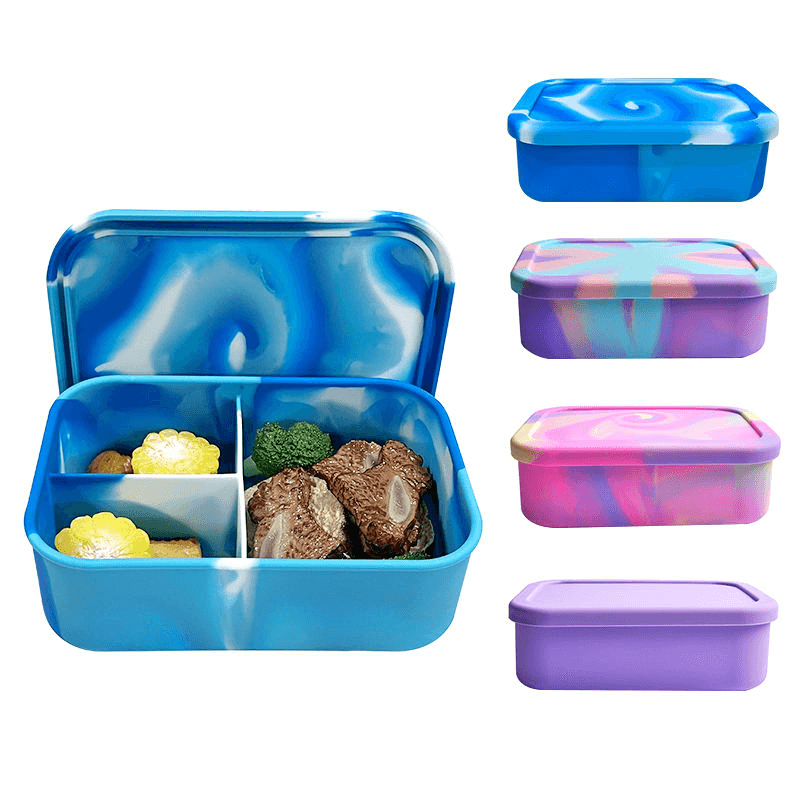콘텐츠
건강을 중시하는 오늘날의 세상에서 개인 위생은 그 어느 때보다 중요합니다. 피부를 깨끗하고 건강하게 유지하려면 어떤 도구를 사용하느냐에 따라 큰 차이를 만들 수 있습니다. 바디 각질 제거를 위한 두 가지 인기 있는 옵션은 전통적인 수세미와 현대적인 실리콘 바디 스크러버입니다. 이 글에서는 수세미와 실리콘 바디 스크러버의 장점에 대해 알아보겠습니다. 실리콘 바디 스크러버 수세미로 닦고 기능성과 위생성을 모두 갖춘 고품질 실리콘 위생용품을 소개합니다.
기존 수세미 대신 실리콘을 선택하는 이유는?
수세미는 오랜 세월 동안 욕실의 필수품이었지만 몇 가지 단점이 있습니다. 수세미의 가장 큰 문제 중 하나는 사용 후 습기와 박테리아가 남아 있는 경향이 있다는 점입니다. 이러한 습한 환경은 미생물의 이상적인 번식처가 되어 피부 자극과 감염을 유발할 수 있습니다. 반면 실리콘 바디 스크러버는 물을 흡수하거나 박테리아가 서식하지 않는 비다공성 재질로 만들어져 훨씬 더 위생적인 선택이 될 수 있습니다.
![]()
![]()
내구성 및 수명
이 두 가지 옵션을 비교할 때 고려해야 할 또 다른 측면은 내구성입니다. 수세미는 빨리 마모되는 경향이 있어 자주 교체해야 하므로 불편하고 비용이 많이 들 수 있습니다. 하지만 실리콘 바디 스크러버는 마모의 흔적 없이 오래 사용할 수 있고 정기적으로 사용해도 잘 닳지 않도록 설계되었습니다. 시간이 지나도 모양과 효과가 유지되므로 투자 대비 최고의 가치를 얻을 수 있습니다.
![]()
![]()
맞춤형 바디 스크러버 솔루션
실리콘 공장에서는 개개인의 요구를 충족하는 데 있어 맞춤화의 중요성을 잘 알고 있습니다. 맞춤형 바디 스크러버 솔루션을 사용하면 스크러버의 디자인, 크기, 색상까지 원하는 대로 조정할 수 있습니다. 일상적인 사용을 위한 간단한 도구를 찾고 있든, 치료 목적의 복잡한 디자인을 찾고 있든, 저희 팀은 고객과 협력하여 정확한 사양에 맞는 제품을 만들 수 있습니다.
![]()
![]()
실리콘 페이셜 브러쉬 및 헤어 마사지 브러쉬
실리콘 팩토리에서는 바디 스크러버 외에도 일상적인 스킨케어와 그루밍 루틴을 향상시킬 수 있는 다양한 뷰티 도구를 제공합니다. 실리콘 페이셜 브러시는 부드럽고 효과적으로 얼굴을 클렌징하고 각질을 제거하여 건강한 광채를 선사합니다. 인체공학적으로 설계된 헤어 마사지 브러시는 두피의 혈류를 자극하여 모발 건강을 증진하는 동시에 편안한 마사지 경험을 선사합니다.
전문가용 실리콘 제품
모든 제품은 전문가용 실리콘을 사용하여 제조되므로 내구성이 뛰어날 뿐만 아니라 모든 피부 타입에 안전하게 사용할 수 있습니다. 저희는 소재의 품질과 각 제품에 들어가는 장인 정신에 자부심을 가지고 있으며, 모든 제품이 최고 수준의 우수성을 충족할 수 있도록 보장합니다.
더 나은 개인 위생과 피부 관리를 위한 여정을 시작할 때 다음을 신뢰하세요. 쥬얼리 목표를 달성하는 데 필요한 도구를 제공합니다. 혁신과 고객 만족을 위해 최선을 다하는 실리콘 바디 스크러버, 페이셜 브러시, 헤어 마사지 브러시 컬렉션을 살펴보세요. 가입 지금 바로 JEWELIVES 커뮤니티에 가입하여 고품질 실리콘 제품이 일상 생활에 가져다주는 차이를 경험해 보세요.



